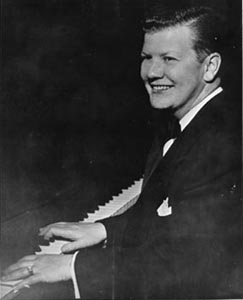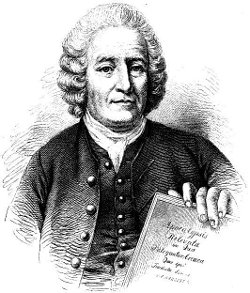
Jazz pianist Billy Tipton was biologically female. She lived as a man from age 19 to her death at 74, when the truth was discovered.
Born in 1914, Dorothy Tipton developed an early love of jazz, but sexism in the music industry and the straitened economy of the Depression made it impossible to find work. In 1933 she donned trousers and her father’s nickname and began playing in Oklahoma bars.
By the 1940s she was touring the country, and in the 1950s the Billy Tipton Trio released two albums for Tops Records and performed with Duke Ellington, Patti Page, and Rosemary Clooney. Arthritis finally forced Billy’s retirement in the 1970s.
Throughout all this Tipton had relationships with at least five women, including nightclub dancer Kitty Kelly, with whom she raised three adopted sons. She bound her chest, ostensibly to protect ribs fractured in an auto accident, and she always locked the bathroom door. Son William learned of his father’s sex only when a paramedic working on the dying Tipton asked, “Son, did your father have a sex change?”
Why keep a secret for 55 years? Tipton left no account of her reasons, and perhaps it’s none of our business. “I can’t say that passion wasn’t there with Billy, because it was,” said former lover Betty Cox, who insisted she never suspected Billy’s sex even during intimacy. “Now, 40 or 50 years later, you see these cross-dressers all the time on TV. You can certainly tell. Even on TV. I can look at a person and say, ‘Gee, that’s obviously a woman.’ Why couldn’t I then?”



